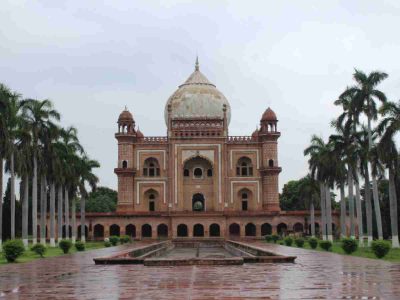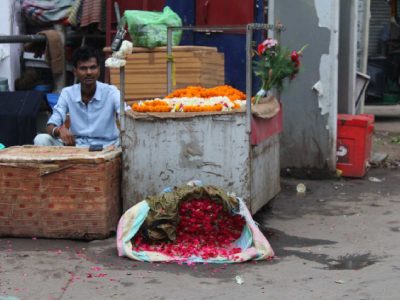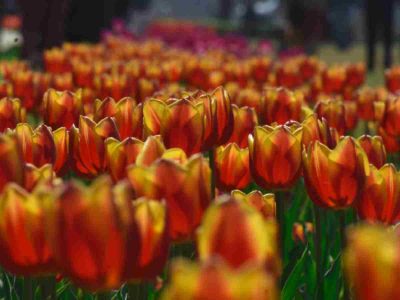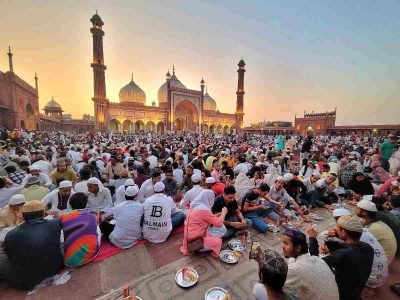Not many realise that a bustling metropolis like Delhi can also be a birdwatcher’s delight.
The Capital may seem more of a concrete jungle than a birding hotspot, but the city and the NCR with its spacious gardens, surrounding forest area and the Yamuna marshes has much to offer to bird lovers.
Winter, of course, is the golden period for birders when they can catch glimpses of visitors from Russia and Siberia. But even during the monsoon months, places like the Okhla Bird Sanctuary, Yamuna Biodiversity Park, Asola Bhatti, Surajpur (Noida), Sultanpur (Gurugram), Najafgarh Jheel, Dhanauri wetlands, Chandu Budhera, Jhanjrola Khera, Mangar, and Aravali Biodiversity Park are great for bird-watching.
A seasoned Delhi birder Varun Narain Mathur, who heads JungleSutra Wildlife Journeys that specialises in all kinds of travel curated around wildlife and nature, informs that Delhi boasts of over 200 species of birds.

He says, “This is largely possible as the city has a number of wildlife sanctuaries and green pockets that serve as havens for various feathered wonders. Many of these species are winter migrants that arrive from the far regions of the world such as Siberia and central Asia. Delhi NCR also gets migrants from different parts of our country through the year.
“To understand birds that can be found in and around the city in the monsoons, we must know which are the summer birds and residents as it is these birds that nest here so that in the monsoons, there is plenty for the chicks in terms of insects and other food to eat. The best bird habitats around the city where these birds can be spotted nesting and rearing their young are the forest areas, sanctuaries and bio-diversity parks.”
Key species that start to be seen or arrive in the summer and linger on to the monsoon months are the Asian Koel, Indian Pitta, Asian Paradise Flycatcher, Rosy Starlings, Common Rosefinch, Asian Brown Flycatcher, Golden Oriole, a variety of Bitterns, Blue-tailed Bee-Eaters, Common Hawk Cuckoo and the Jacobin Cuckoo.
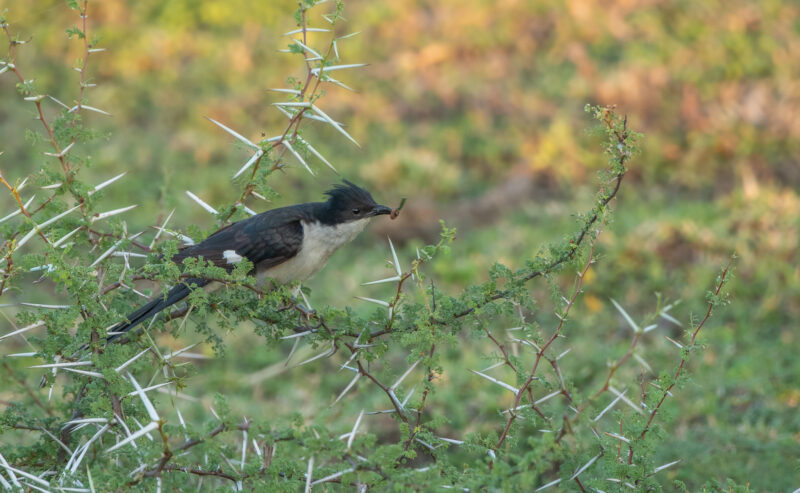
The Jacobin Cuckoo (Clamator Jacobinus) holds a fascinating reputation as the harbinger of rain in certain parts of its range.
This sleek, medium-sized cuckoo, with its striking black and white plumage and curved bill, is renowned for its distinct call that resonates through the woodlands. Local folklore in some regions associates its arrival with the imminent monsoon season.
As the bird’s melodious call fills the air, communities anticipate the forthcoming rains, considering it a sign of nature’s rhythm and renewal. There seems to be some truth to this – only because these wonderful species migrate from Africa to India on the monsoon winds and this incredible migration also coincides with the migration of the Globe Skimmer Dragonfly that does the same migration from Africa to India on the monsoon winds.
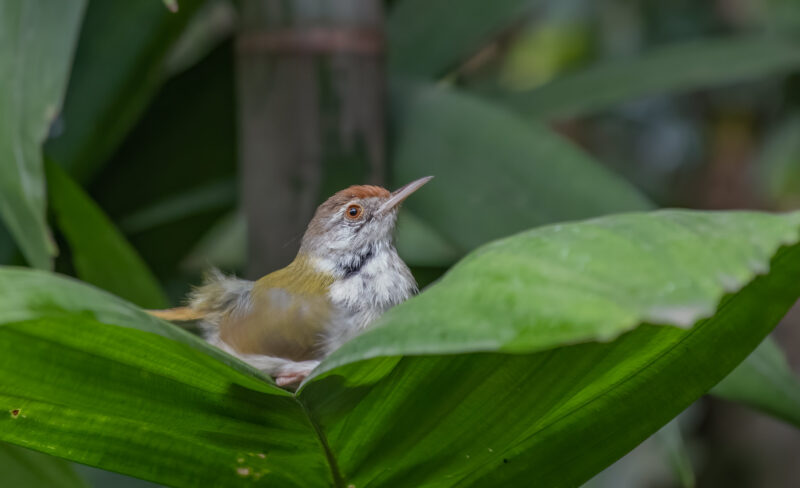
These winds sustain the birds on their long journey across the Arabian Sea. It is the returning monsoons that take the Globe Skimmers as well as the Jacobin Cuckoo back to Africa.
Among the rare visitors that you should consider yourself lucky to catch a glimpse of are Jacobian Cuckoo, Indian Pitta, Paradise Flycatcher and Golden Oriole.
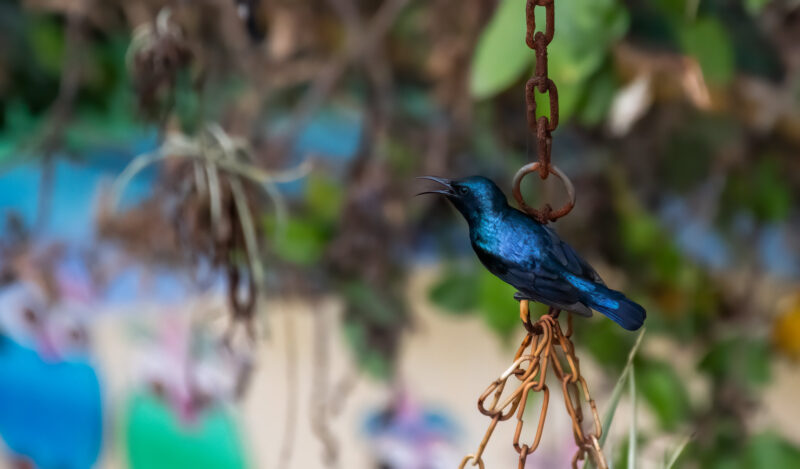
Although birding is quite wonderful even in the monsoon months, Varun cautions one must remember to observe ethically.
“Hounding nesting birds and nest should be an absolute no no as this could impact a generation of birds. Young chicks are finding their way around the world and observing their parents to learn how to navigate danger and how to seek out food — a key survival skill. Any disturbance by humans at this time can impact a whole generation of birds. While digital photography has given everyone an access to capture the avian wonders that they see in their daily life, it should remain as a tool to capture that and not become a weapon from the perspective of the wildlife. A camera can capture something beautiful but at the same time if you are entering the personal bubble of the bird, the same long lens is like a weapon that may break up the bird family as parents may abandon the chick or the lens may scare the chick to fall out of the nest.”
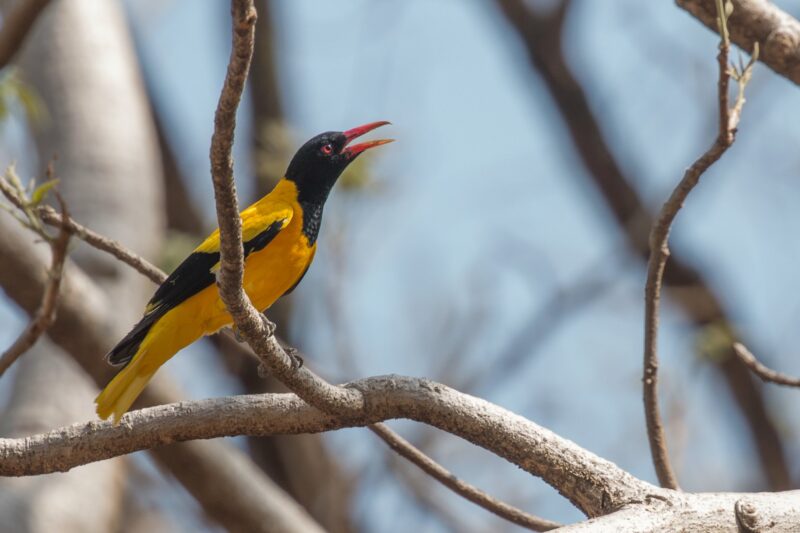
The rains bring us such colourful species such as Rosefinch, Pitta, Bee-Eater, Bitterns and even the Oriole, along with those found round the year such as Coppersmith Barbet, Brown-headed Barbet, White-throated and Common Kingfisher, Yellow-footed Green Pigeons, Red Whiskered Bulbuls, Rose-ringed Parakeet to name a few. Everyone must take the opportunity to see them and appreciate them because unless you know there is so much beauty to conserve, there will be no inspiration or motivation to do so.”
Since we are lucky to live in Delhi and NCR, there is every reason to pick up our binoculars and venture out. Happy birding!!


